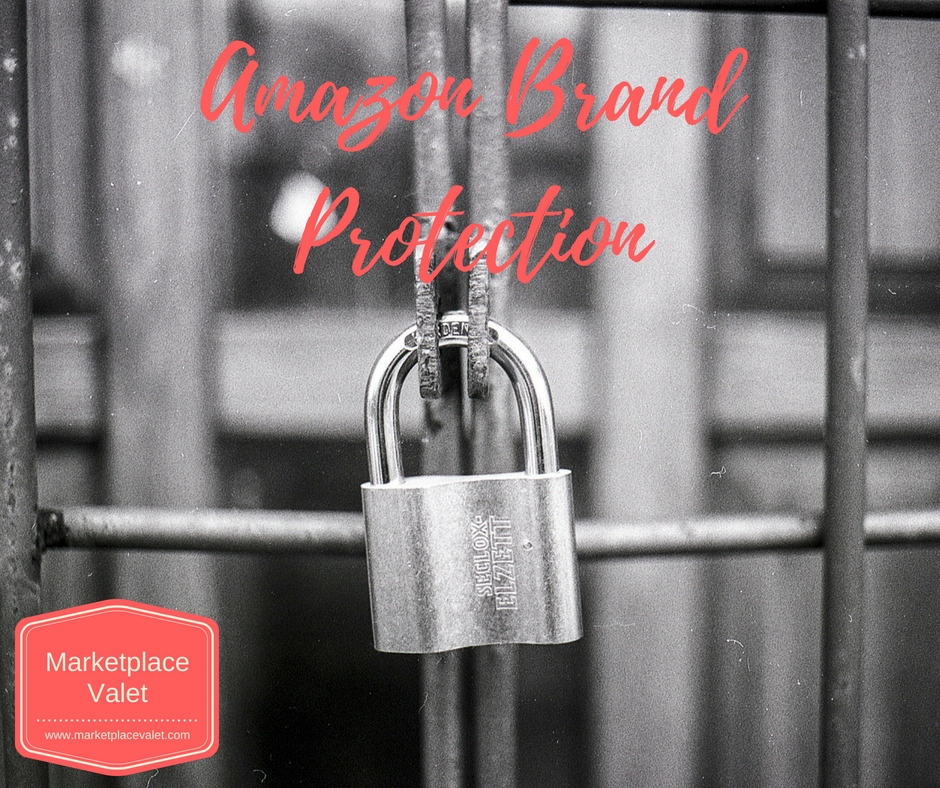

Whether brands choose to or not, at one point or another every brand with a registered trademark ends up on Amazon.
As most businesses know, it’s important to have some control over how your brand is represented in a retail marketplace. Thankfully Amazon Brand Registry offers the option for brands to take control over their brand.
As Amazon dominates the retail market with nearly 50% of all e-commerce sales, businesses have no choice but to work with Amazon. It’s important that every business is using Amazon to gain an advantage in the market. Otherwise, Amazon could contribute to a bad reputation.
If you’re wondering what working with the Amazon Brand Registry means for your business, here are the 10 things you need to know.
1. It Helps Brands
When third-party sellers post one of your products for sale, Amazon will auto-populate the information about that product. If you haven’t had time to enter information about your products, it could be riddled with information entered by other users.
The Amazon Brand Registry allows you to put up the best photos of your product, add descriptive titles, and make sure descriptions fit. The Enhanced Brand Content Page allows you to optimize all of that information to make sure you’re always putting your best foot forward.
You can also list your products without UPCs. If you set up an alternate key attribute, you can more easily list products and create variations.
2. Fight Counterfeits
While setting up your brand registry account doesn’t eliminate counterfeit items, it can help. Your registration creates a listing tied to your brand, meaning that if someone tries to sell your products, you need to approve it first.
By preparing your application with as many details as possible, you can keep bad resellers from being able to tie their posting to your brand. The Enhanced Brand Registry has a section committed to combatting counterfeit and unauthorized reselling.
3. Enrolling Is Easy
Your first step is to enter your application. To qualify, you must first meet a set of initial criteria. You must be either a brand owner, manufacturer or a reseller with written permission from a brand owner to manage product details.
Otherwise, you won’t be able to manage the important product details that turn a view into a sale on Amazon.
You need to provide your brand name with a registered trademark. You’ll also need to provide the registration or serial number related to that trademark.
Send in vector images of the brand logo. They’ll also want images of products and packages that list your brand’s name. If you sell a product that remains unmarked, the packaging needs to be branded.
Go through Amazon’s product categories and see which categories fit best. Amazon will ask for a list. You’ll also need to provide a list of countries where your products are manufactured.
If you sell products that end up in the Books, Music, Videos, and DVDs category, you’re not eligible for the Amazon Brand Registry.
4. Applications Take Time
Once you gather all of your information, fill out your application carefully. Leaving anything empty or unfilled could affect your sales. It can take two weeks for Amazon to approve your application, so get started early.
If you’re a brand reseller or distributor filling out an application to get brand ownership, Amazon will require you to upload your letter of authorization. Either the manufacturer or the brand owner has the authority to give you this letter saying you’re allowed to fill out product information.
5. Key Attributes Are Important
While you’re enrolling, you’ll need to pick out your key attribute. This will help Amazon identify the product and help you to keep track of it. It should be something that you’re already using for the product.
Many brands choose their UPC or company registration number so that they can quickly identify an exact product.
It needs to be something that will never change. It should be something that can be searched and found on your packaging and your website.
Failure to leave out your key attribute will likely cause Amazon to leave you out of the program. Updating future products could lead to lots of errors too.
6. List Your Products Accurately
Once you’re accepted, you need to make sure that your products are always listed consistently. If you have a particular way that you capitalize or spell your brand name, make sure it’s consistent. That will lead to quicker approval periods.
Every product with your brand name will need to be listed consistently. Otherwise, Amazon will take it upon themselves to register the product for you, leading to all sorts of issues.
7. Know How To Enroll Older Products
Products can be entered manually or automatically through your Amazon brand registry.
If your listing includes your brand name and key attribute, products will be listed automatically. This can make your brand control much more efficient.
With products that aren’t in the registry yet, you’ll need to enter them manually. You’ll have to also add a unique key attribute with each product name that you add.
Adding new products is like adding older products not in the system yet. You’ll need your brand information and your key attributes ready. Then move to the web store in the seller central section of Amazon. You’ll be able to add new products with brand information and key attributes there.
9. You Can Update Enrolled Products
If you notice something is listed incorrectly or if minor details have changed, you don’t need an entirely new listing. Be sure that the updated information only corrects older information.
Changes to color, size, material, or features of your product should get their own new listing. If your product’s name changes, you should start a new product listing as well.
10. Check your GCID
Every new product will be assigned its own unique product identifier. It’s called a Global Catalog Identifier and it can allow you to find your product under any circumstances.
The 16 characters connected to your product should be unique and automatically displayed. If you don’t find one, be sure that your brand name and key attribute are correct.
Once you’re set up, be ready to ship because orders are sure to start pouring in.
Amazon Brand Registry Will Help You Grow
Every brand should be listing their products through Amazon’s Brand Registry. It allows you to take control over your listing and let buyers feel secure when they see your brand name pop up in their searches.
If you’re still learning how to list with the Amazon Brand Registry, check out our Amazon Brand services for more helpful tips.

